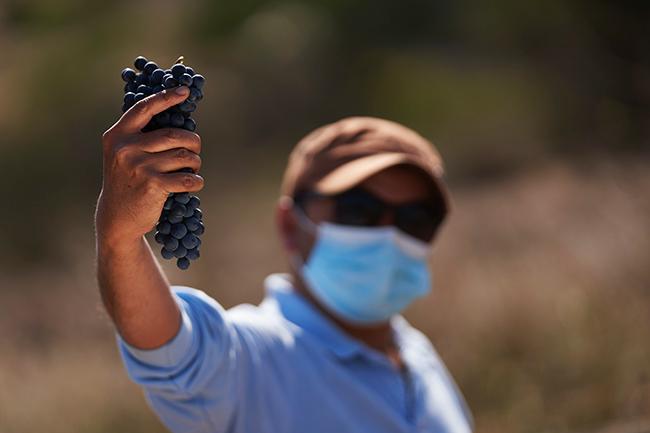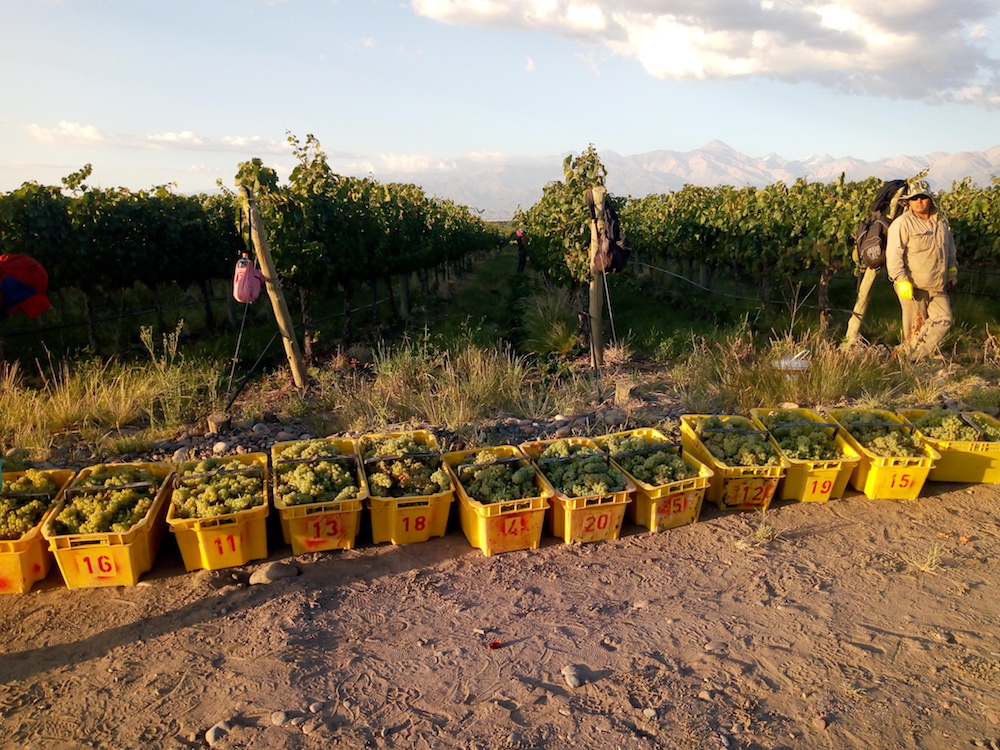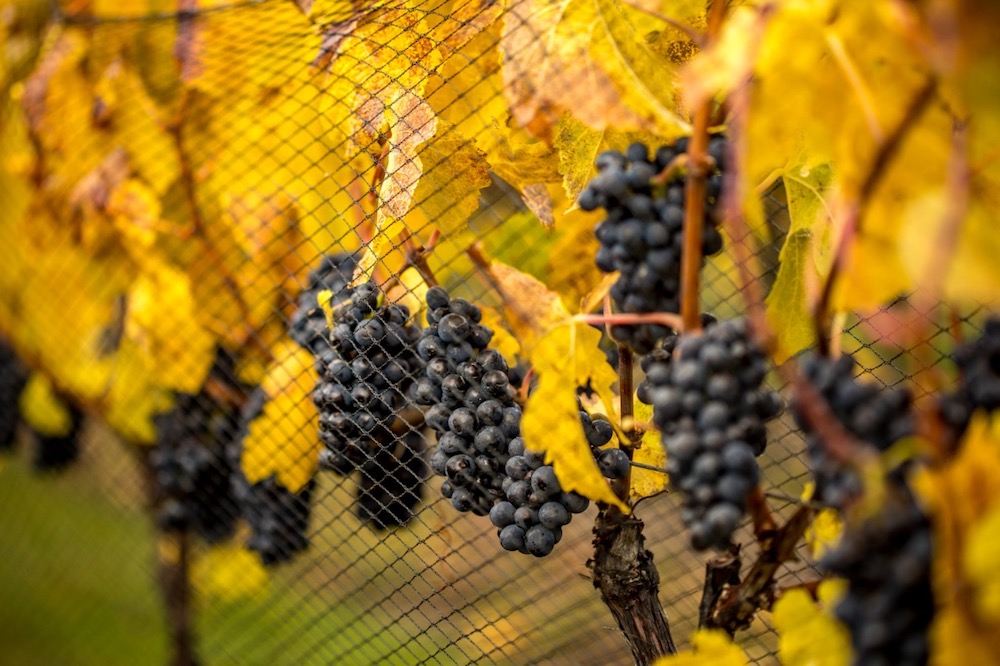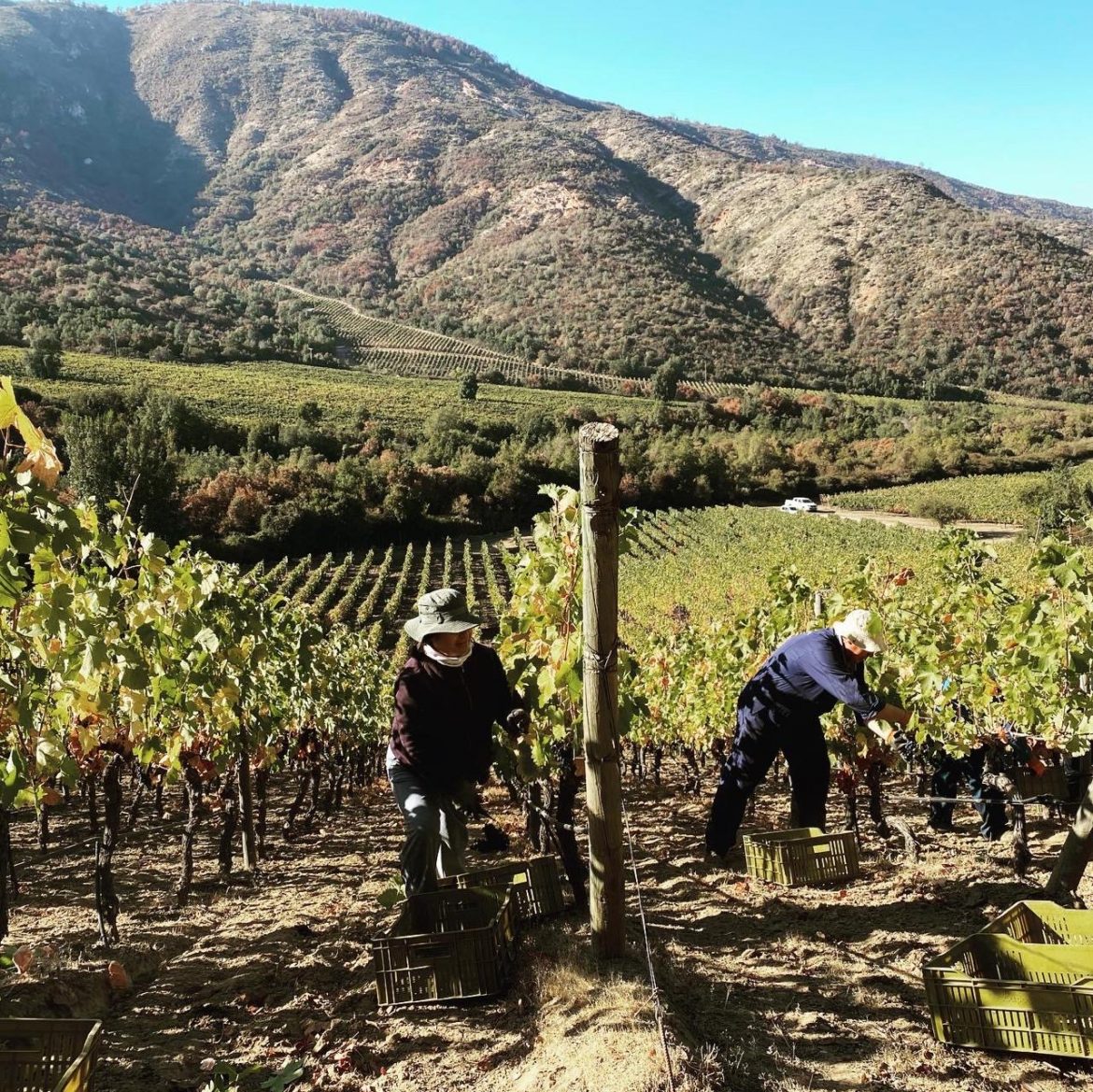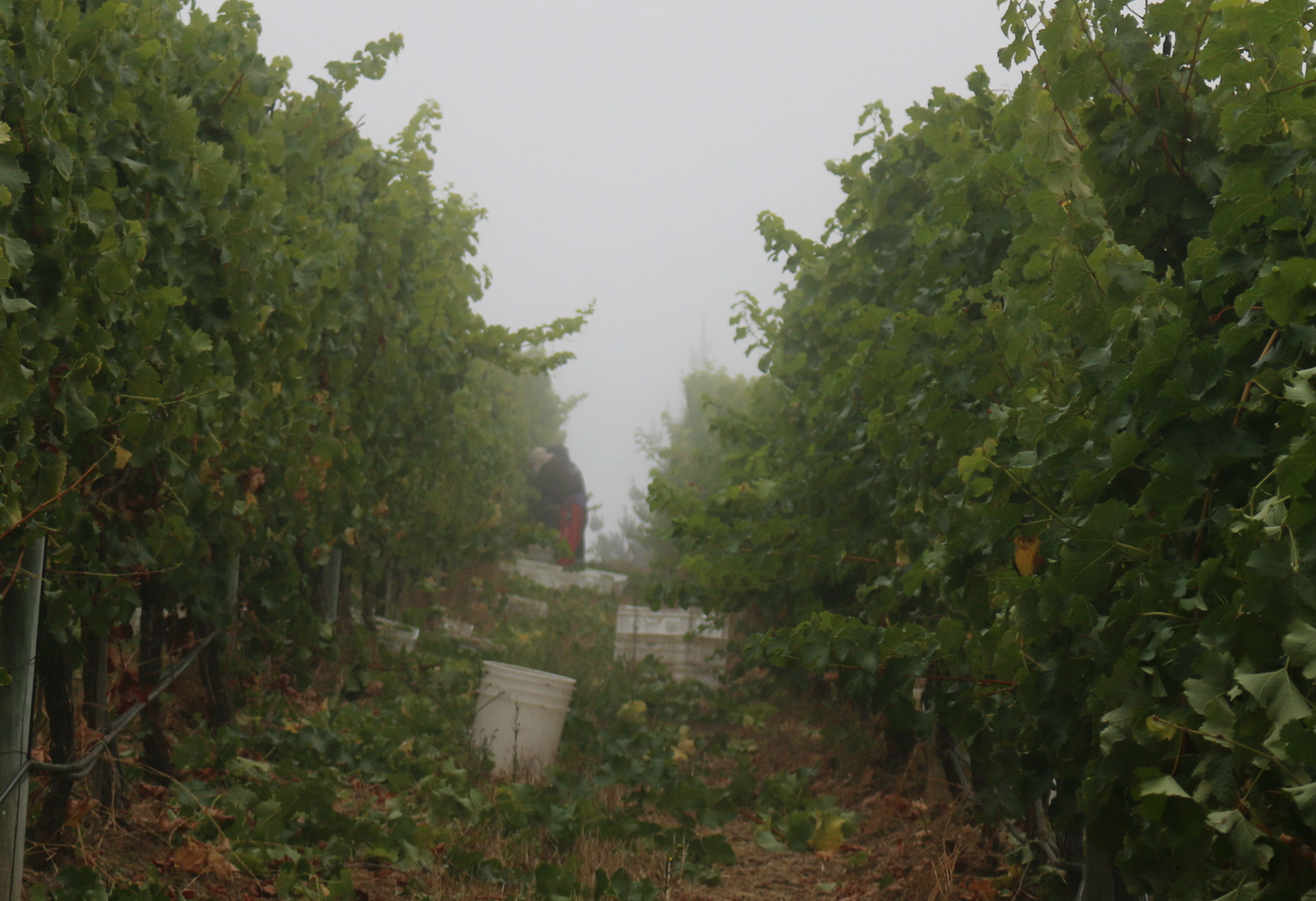As Chile’s harvest 2021 comes to a close, Helen J Conway reports on Chile Vintage 2021 and why some wine producers in Chile are heralding it as one of their best yet, while others are reporting challenges. This is our in-depth Chile vintage report 2021; check out our Chile vintage guide here.
Overview of Chile harvest 2021
2021 is overall a much fresher year with slow maturation which has offered some stellar quality in lower-yielding, quality-focused sites and should lead to wines of higher acidity, lower alcohol and good concentration. Much needed winter rain in the season helped with water supplies and gave a boost to the dry-farming regions, although some challenging summer rains would have led to a drop in quality for big volume, high-yielding crops.
Chile Vintage 2021 Report in detail
Winter 2020 brings relief in greater rainfall, snow and water reserves
Winter 2020 brought much-needed rain following the tremendously dry prior year – the worst in 60 years — when a state of agricultural emergency had to be declared for a large part of Chile, including all of the Central Valley, as wells and reservoirs ran dry. However, it wasn’t enough to overcome the drought that has been accruing since 2010. Miguel Torres Chile, for instance, noted 353% more rainfall than in 2019, but the 484mm they recorded in Curicó was still 30% less than the 20-year average of 701mm. With climate change forecasts of significant decreases in rainfall for the whole Central Valley, efficient water use has become top-of-mind for most Chilean wineries.
Nonetheless, in a nationwide survey carried out by the Chilean winemakers’ association (ANIAE), 92% of respondents reported that this season they have greater water reserves in the soil than in the previous year. This meant that the year got off to a good start, with budburst coming at the usual time.
In terms of temperatures, September was warm and October was variable and some areas – particularly Casablanca and Pirque – were hit by three consecutive nights of frost in October.
A cool summer with a wet start to February 2021
From November through to February, temperatures were lower than usual and the early part of November and the first two to three weeks of February were cloudy in many areas.
Between 28 January and 2 February 2021 rain fell in all regions between the Aconcagua and Osorno Valleys, which is highly unusual in mid-summer. It ranged from 10mm to over 100mm and the impact was very variable. In areas with less than 30mm, the rainfall tended to have a positive effect, particularly in the dry-farmed areas. In other areas, 100mm or more fell in just 48 hours and some areas even had hail. The worst-hit areas and vineyards with poorer draining soils or larger yields suffered from grape splitting, damage to clusters and canes, and an onset of bunch rot — compounded by cloudy weather in the following days.
However, for most of the quality-driven sites, swift action with canopy management techniques (leaf plucking, removing affected clusters, vineyard treatments) avoided any significant health issues.
Harvesting during times of Covid, again

The emergency lockdown measures that came into force during vintage 2020 were certainly a far greater shock than this year’s restrictions, but nevertheless, wineries had to prepare for certain challenges related to harvesting during the COVID-19 pandemic. First of all, with health restrictions in place, wineries had to reorganize the way in which they harvested and processed the grapes, organizing shifts and transport to and from work with maximum occupancy levels, checking workers’ temperatures every day and so on.
